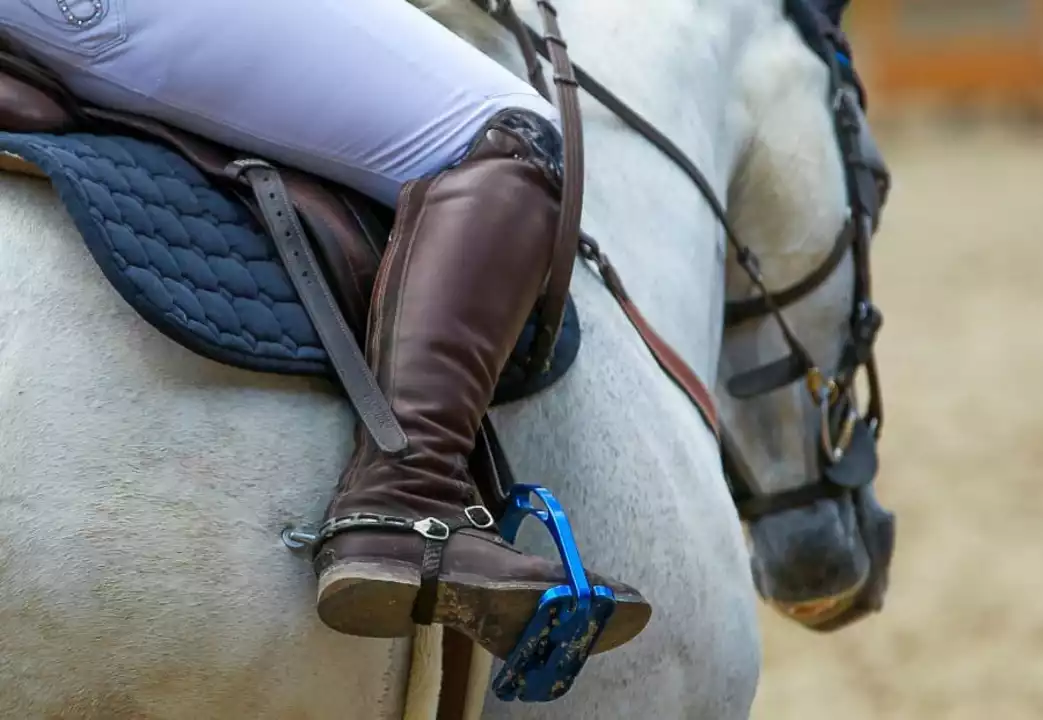Mastering Riding Technique: Simple Tips for Better Balance and Control
Ever felt like you’re wobbling on a horse instead of guiding it? You’re not alone. Most riders struggle with balance, timing, and the subtle cues that make a ride feel smooth. The good news? Small adjustments in your technique can turn a shaky session into a confident glide.
Use a Lunge Line to Build Core Strength
One of the easiest ways to sharpen your balance is a lunge lesson. With the horse on a long line, you’re free to focus on your seat, hands, and leg position without worrying about steering. Keep your shoulders relaxed, sit deep in the saddle, and let the horse’s rhythm set the pace. After 10‑15 minutes you’ll notice tighter core muscles and a steadier feel when you return to riding under saddle.
Key Hand and Leg Cues You Can Practice Anywhere
Even without a horse, you can rehearse the basic cues that drive good technique. Hold a light rope or a strap in one hand and mimic the gentle ‘pull‑back’ motion you’d use to ask the horse to slow down. At the same time, practice a light press with your calf against an imaginary stirrup. Doing this for a few minutes each day builds the muscle memory that makes the cues feel natural when you’re actually riding.
Another quick tip: keep your elbows close to your sides and avoid swinging your arms. This not only looks cleaner but also gives the horse clearer signals. When you need to change direction, shift your weight slightly to the inside leg and give a light squeeze with the outside leg. The horse will respond to the pressure, turning where you want without you having to yank the reins.
Don’t forget to check your posture before every ride. A simple test is to stand upright, let your arms hang naturally, and imagine a straight line from your ears through your shoulders, hips, and heels. If anything feels off, adjust your stirrup length or saddle position. A well‑fitted saddle can make a huge difference in how your weight is distributed and how the horse reacts to your movements.
Lastly, make safety a habit. Wearing a helmet and proper boots isn’t just a rule; it gives you confidence to try new techniques without fear. When you know you’re protected, you’re more likely to experiment with a deeper seat or a new riding style, and that experimentation is how skill grows.
Try adding one of these tweaks to your next session and notice the change. Small, consistent practice beats occasional dramatic overhauls. Your horse will thank you with smoother walks, steadier canters, and a partnership that feels intuitive rather than forced.
What type of Spur should I use when Horseback Riding?
As a horseback rider, choosing the right type of spur is crucial for effective communication with your horse. There are various types of spurs, such as the English spur, Western spur, and the Rowel spur, each designed for specific riding disciplines and horse's sensitivity. The key is to find the right balance between providing clear signals and not causing discomfort to the horse. If you're a beginner, it's best to consult with a knowledgeable trainer or riding instructor to help you make the right choice. Remember, it's essential to use spurs responsibly and always prioritize the well-being of your horse.
READ MORE